The technology behind pump automatic pressure control is undergoing significant advancements, bringing improved efficiency and reliability to fluid handling systems across multiple sectors. These sophisticated systems are designed to maintain consistent pressure levels without requiring constant manual intervention, representing a substantial improvement over traditional pressure management methods. The growing adoption of pump automatic pressure control reflects an industry-wide shift toward automated solutions that optimize performance while reducing operational costs.
A fundamental advantage of modern pump automatic pressure control lies in its ability to maintain a pre-set pressure range despite fluctuations in demand. This capability is particularly valuable in water distribution networks, where a reliable pump automatic pressure control system ensures stable water pressure throughout the building, regardless of how many outlets are simultaneously in use. The technology utilizes electronic sensors that continuously monitor pressure levels, enabling the pump automatic pressure control system to make instantaneous adjustments to pump operation. This responsive approach prevents the pressure surges and drops that can occur in systems lacking adequate pump automatic pressure control.
Energy efficiency represents another major benefit of implementing advanced pump automatic pressure control. By precisely matching pump output to actual demand, these systems eliminate the energy waste associated with constant-speed pumps operating at fixed rates. Modern pump automatic pressure control typically incorporates variable speed drive technology, which allows pumps to operate at ideal speeds for current conditions. This aspect of pump automatic pressure control significantly reduces power consumption, particularly in applications with highly variable flow requirements, pilot to lower electricity costs and reduced environmental impact.

The operational reliability offered by sophisticated pump automatic pressure control contributes to extended equipment lifespan and reduced maintenance needs. These systems protect pumps from damaging conditions like dry running and rapid cycling, which commonly occur in systems without proper pump automatic pressure control. By maintaining stable pressure parameters, the pump automatic pressure control mechanism reduces stress on pipes, joints, and valves throughout the entire system. This protective function of pump automatic pressure control helps prevent leaks and other pressure-related failures, resulting in fewer repairs and longer service intervals for all system components.
The application of pump automatic pressure control technology spans numerous industries. Municipal water systems employ large-scale pump automatic pressure control to maintain consistent pressure across distribution networks. Commercial and residential buildings utilize compact versions for water booster systems that serve upper floors. Industrial processes rely on specialized pump automatic pressure control to maintain precise pressure parameters for manufacturing operations. Agricultural operations implement pump automatic pressure control for irrigation systems that require specific pressure levels for different types of sprinklers and emitters. This versatility demonstrates the broad utility of pump automatic pressure control across diverse operational environments.
Future developments in pump automatic pressure control are expected to focus on enhanced connectivity and intelligent features. The next generation of systems will likely incorporate self-learning algorithms that can predict demand patterns and optimize performance accordingly. There is also growing interest in developing pump automatic pressure control platforms that can seamlessly integrate with broader building management and industrial control systems. As these technologies continue to evolve, pump automatic pressure control will play an increasingly important role in creating efficient, reliable, and sustainable fluid handling systems for various applications. The ongoing refinement of pump automatic pressure control technology promises to deliver even greater benefits in terms of energy savings, operational reliability, and system longevity.
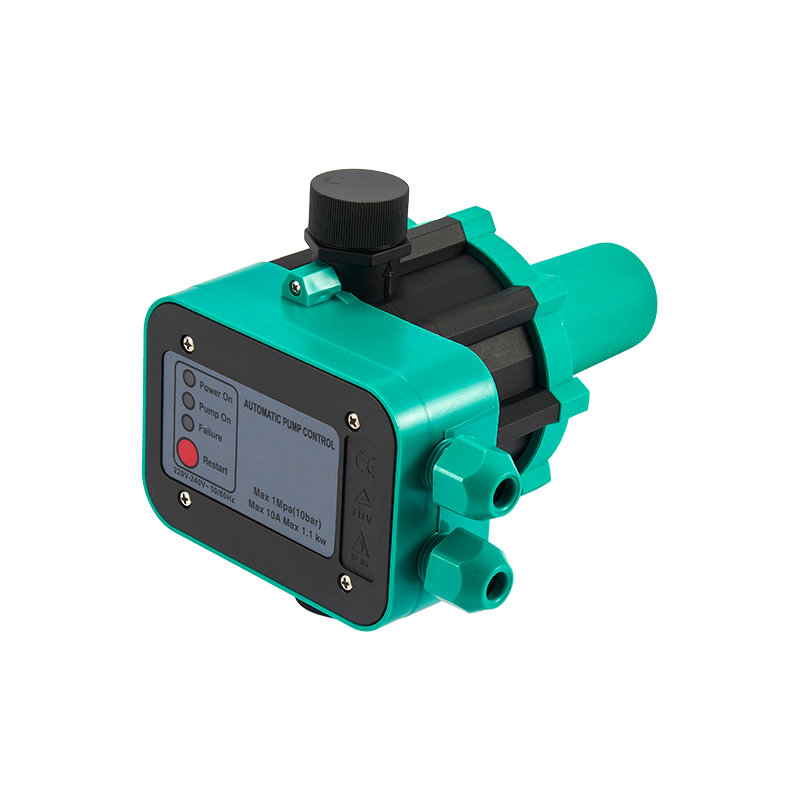



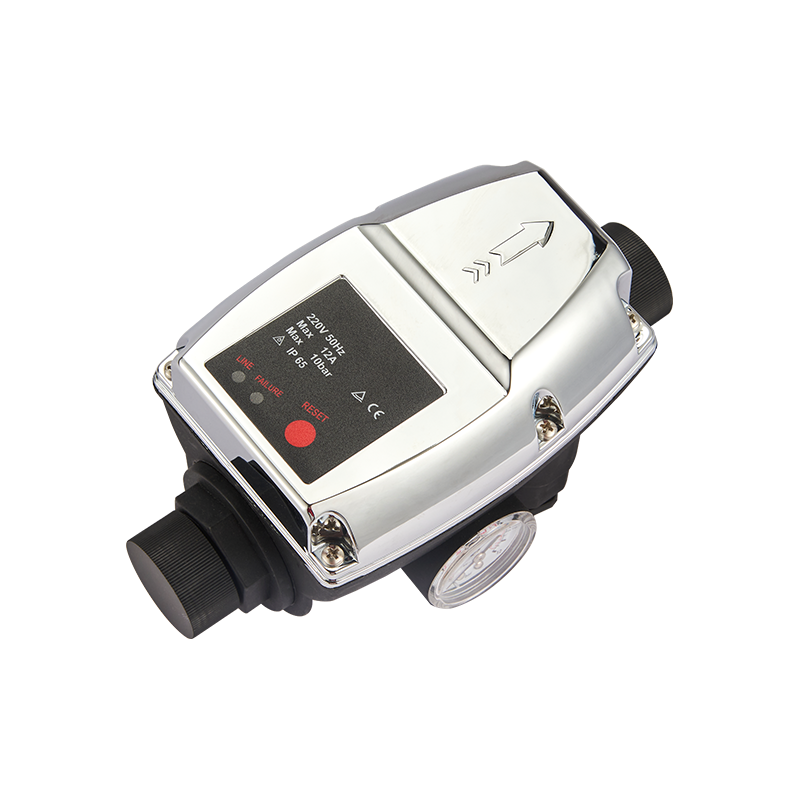
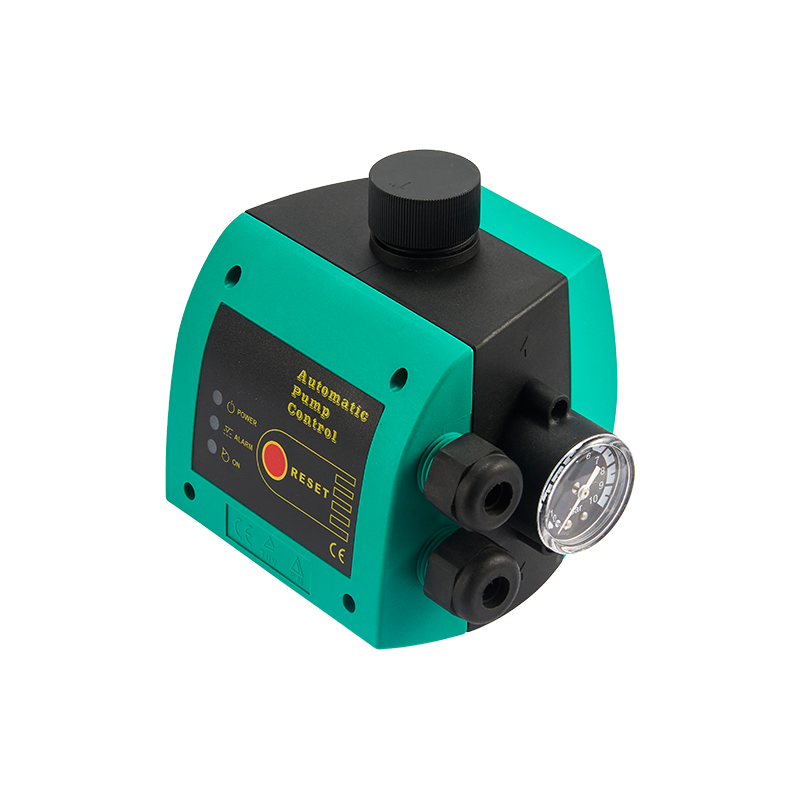

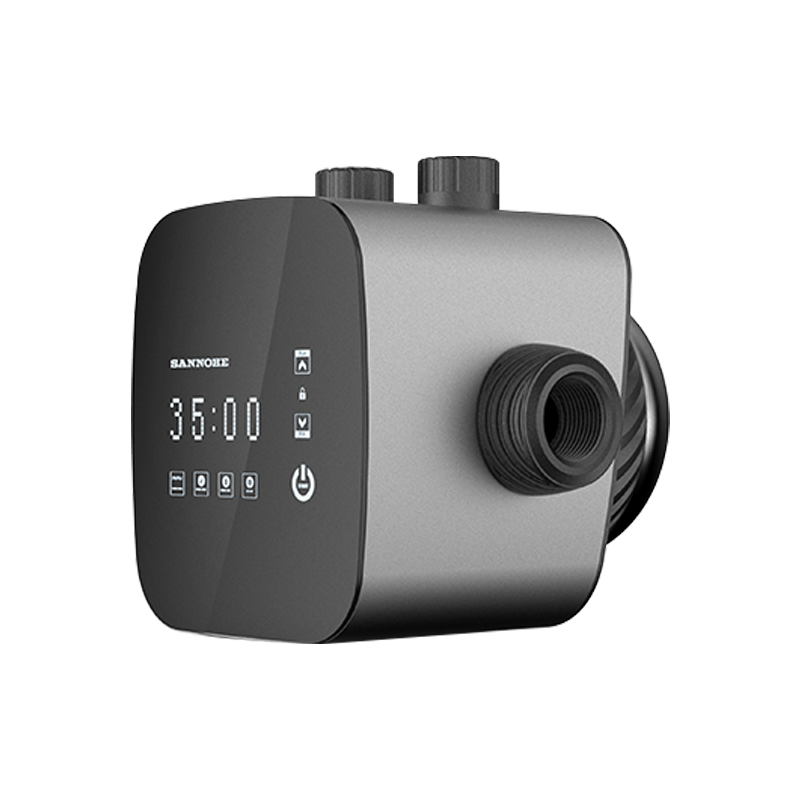
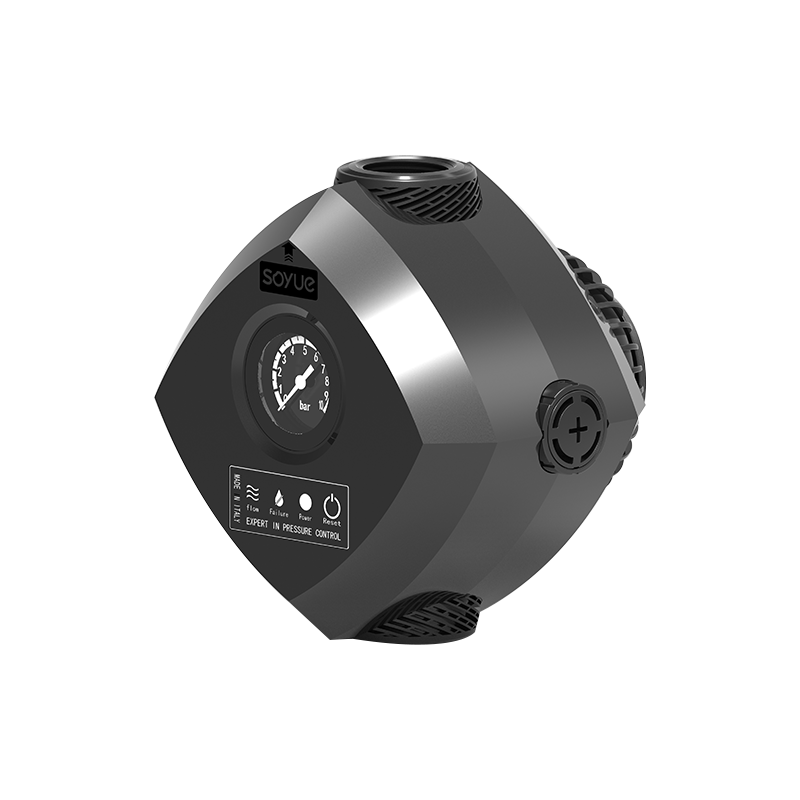
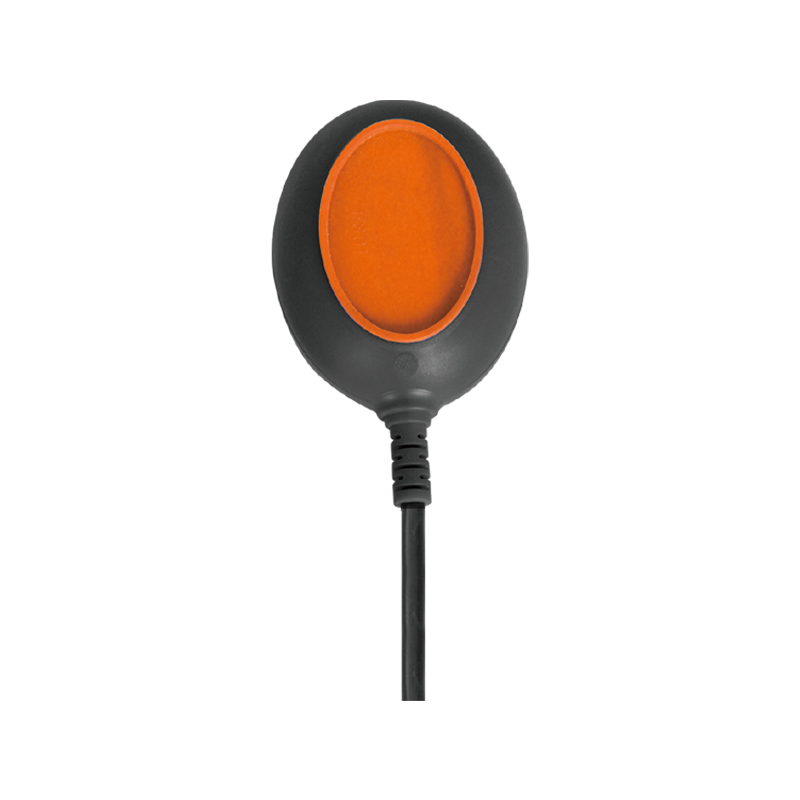
The technology behind pump automatic pressure control is undergoing significant advancements, bringing improved efficiency and reliability to fluid handling systems across multiple sectors. These sophisticated systems are designed to maintain consistent pressure levels without requiring constant man...
The global market for water management systems is experiencing a notable transformation, driven by significant advancements in water pump controller technology. These sophisticated devices are evolving from simple on/off switches to intelligent systems that optimize performance, enhance reliability,...
The industrial and municipal sectors are witnessing significant technological progress in the development and implementation of pump pressure controller systems. These sophisticated devices, designed to maintain and adjust fluid pressure within piping networks, are becoming increasingly vital for op...